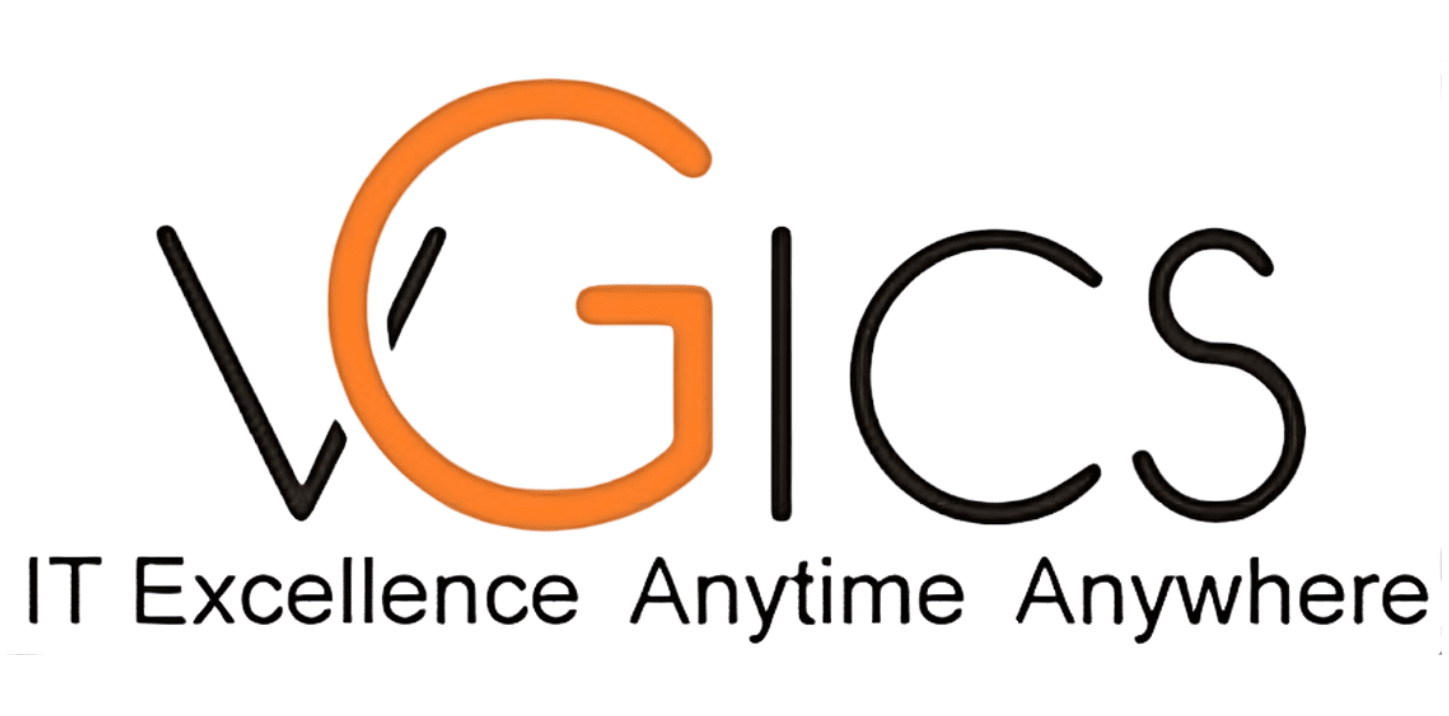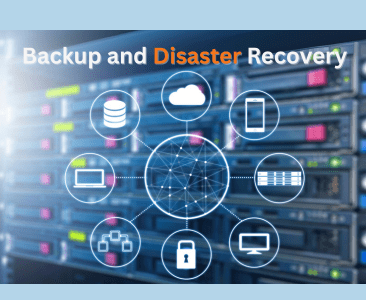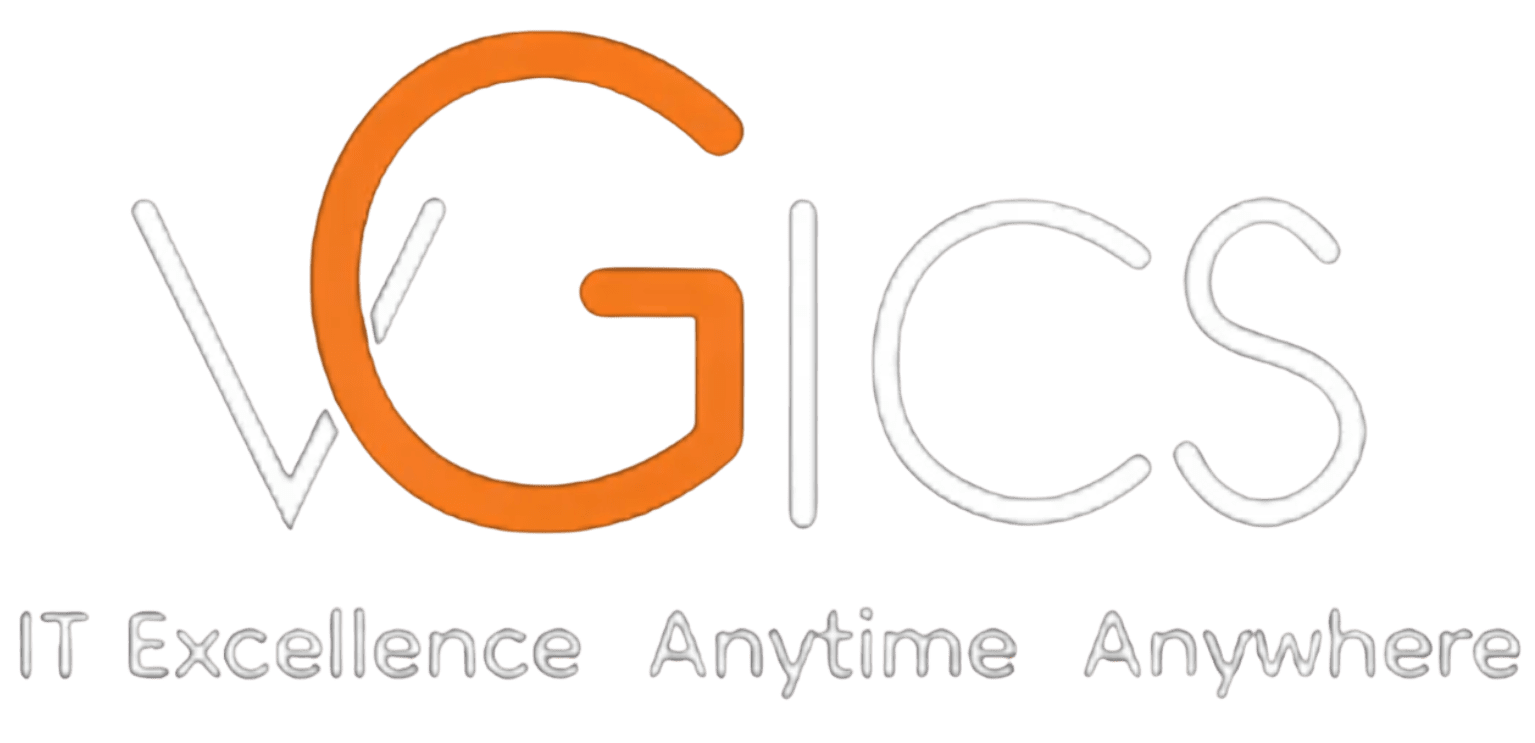In today’s hyper-connected digital landscape, where businesses rely on seamless network performance to drive operations, customer satisfaction, and revenue, the role of a robust IT infrastructure has never been more critical. Imagine a world where a single network outage could halt e-commerce transactions, disrupt remote workforces, or compromise sensitive data flows it’s a scenario no modern organization wants to face. Enter the Network Operations Center (NOC), the unsung hero of IT management. Often operating behind the scenes, a NOC ensures that networks run like a well-oiled machine, 24/7/365.
If you’re an IT professional, a business leader, or simply curious about the backbone of enterprise networking, this guide is for you. We’ll dive deep into what a Network Operations Center is, its core functions, historical evolution, key benefits, common challenges, and best practices for implementation. By the end, you’ll understand why investing in a Network Operations Center isn’t just a technical decision it’s a strategic one for business resilience. Let’s get started.

Defining the Network Operations Center (NOC)
At its core, a Network Operations Center (NOC) pronounced “knock” is a centralized facility where IT professionals monitor, manage, and maintain an organization’s network infrastructure to ensure optimal performance, security, and uptime. Think of it as the mission control room for your digital ecosystem. Unlike a help desk, which handles user-facing support tickets, or a data center, which primarily stores and processes data, a Network Operations Center focuses on proactive oversight of the entire network, from routers and switches to servers, databases, and cloud integrations.
NOCs can be physical rooms equipped with video walls displaying real-time dashboards or virtual setups leveraging cloud-based tools for remote monitoring. They are staffed by skilled engineers who use specialized software to track metrics like bandwidth utilization, latency, packet loss, and device health. The goal? To detect anomalies before they escalate into full-blown disruptions.
In essence, a NOC acts as an extension of your IT team, providing the vigilance needed in an era where networks span hybrid environments on-premises hardware, public clouds like AWS or Azure, and SaaS applications. Whether you’re a telecom giant managing millions of connections or a mid-sized enterprise ensuring VPN stability for remote employees, a NOC is the linchpin for operational continuity.
The Historical Evolution of NOCs
The concept of a NOC isn’t new; its roots trace back to the mid-20th century amid the telecommunications boom. The earliest formalized Network Operations Center emerged in 1962 when AT&T opened a Network Control Center in New York. This pioneering setup used manual status boards to display real-time data from toll switches, allowing operators to visualize and respond to routing issues across vast telephone networks.
By the 1970s and 1980s, as data networks proliferated with the rise of ARPANET (the precursor to the internet), NOCs evolved to incorporate early computer systems for automated monitoring. The 1990s internet explosion brought further sophistication, with tools for SNMP (Simple Network Management Protocol) enabling remote polling of devices. Telecom providers like those in satellite communications began deploying NOCs to handle voice, video, and reconnaissance data, ensuring reliability for defense and utility sectors.
Fast-forward to the 21st century: Cloud computing, IoT proliferation, and 5G have transformed NOCs from reactive troubleshooting hubs into predictive analytics powerhouses. Today’s NOCs integrate AI-driven anomaly detection, machine learning for root cause analysis (RCA), and automation for patch management. The COVID-19 pandemic accelerated this shift, highlighting the need for geo-redundant, remote-capable NOCs to support distributed workforces. As we look to 2025 and beyond, edge computing and zero-trust architectures will further redefine Network Operations Center, making them essential for handling the data deluge from connected devices.
This evolution underscores a key truth: NOCs have grown from basic oversight tools to sophisticated command centers, adapting to technological leaps while prioritizing business uptime.
Core Functions of a NOC
A NOC’s value lies in its multifaceted operations, which span monitoring, response, optimization, and reporting. Here’s a breakdown of its primary functions:
1. Real-Time Network Monitoring
The heartbeat of any NOC is continuous surveillance. Engineers use tools like SolarWinds, Nagios, or Splunk to track key performance indicators (KPIs) such as traffic volume, error rates, and server loads. Alerts are triggered for deviations e.g., a sudden spike in latency signaling a failing router and displayed on video walls for immediate visibility. This proactive stance prevents minor glitches from cascading into outages.
In telecom NOCs, monitoring extends to satellite links and fiber optics, processing terabytes of voice/video data daily. For enterprises, it includes cloud resource scaling to handle peak loads, like Black Friday surges for retailers.
2. Incident Detection and Response
When anomalies arise, the NOC springs into action. Shift supervisors prioritize incidents based on severity—using frameworks like ITIL (IT Infrastructure Library) assigning Tier 1 engineers for initial triage and escalating to Tier 2/3 for complex fixes.
Response protocols include isolating affected segments, rerouting traffic, or deploying failover systems. For instance, during a DDoS attack, Network Operations Center teams might throttle malicious traffic while notifying stakeholders. Post-resolution, RCA identifies root causes, feeding into preventive measures.
3. Performance Optimization and Capacity Planning
NOCs don’t just react; they optimize. By analyzing historical data, teams forecast traffic patterns and recommend upgrades like adding bandwidth or virtualizing servers to avoid bottlenecks. Automation plays a big role here, with scripts handling routine tasks such as load balancing or firmware updates.
In dynamic environments, AI tools predict failures by correlating events (e.g., high CPU usage + unusual pings), enabling preemptive tweaks. This function ensures networks scale with business growth, maintaining SLAs (Service Level Agreements).
4. Security Monitoring and Compliance
While not a full Security Operations Center (SOC), NOCs serve as the first line of defense. They scan for unauthorized access, malware signatures, and compliance violations (e.g., GDPR data flows). Integration with SIEM (Security Information and Event Management) systems allows seamless handoff to SOCs for deeper threats.
Reporting functions generate dashboards on uptime (aiming for 99.99%), incident trends, and audit trails, supporting regulatory needs in finance or healthcare.
These functions collectively minimize downtime, with studies showing well-run Network Operations Center reducing outages by up to 50%.
NOC vs. Other IT Centers: Clearing the Confusion
NOCs often get lumped in with similar-sounding entities, but distinctions matter:
- NOC vs. Help Desk: Help desks are reactive, user-focused (e.g., “My email isn’t working”). NOCs are proactive, infrastructure-focused (e.g., preempting server crashes).
- NOC vs. SOC: SOCs specialize in cybersecurity threats like intrusions; NOCs handle broader operations, including performance and capacity. They collaborate NOCs detect anomalies, SOCs investigate breaches.
- NOC vs. Data Center: Data centers house hardware; Network Operations Center monitor it remotely, often from a separate room.
Understanding these helps organizations avoid silos and foster integrated IT strategies.

The Crucial Role of NOC Personnel
People power NOCs. Teams typically include:
- Tier 1 Technicians: Entry-level monitors who handle basic alerts and documentation.
- Tier 2/3 Engineers: Specialists in troubleshooting hardware/software issues.
- Shift Supervisors: Oversee prioritization and escalations.
- Analysts: Focus on data trends and reporting.
Training emphasizes certifications like CCNA, ITIL, and tools proficiency. In 2025, soft skills like collaboration are vital, as Network Operations Center integrate with DevOps and agile teams. With 24/7 operations, shift rotations and burnout prevention (e.g., wellness programs) are key.
Technologies Powering Modern NOCs
NOCs thrive on tech stacks:
- Monitoring Tools: PRTG, Zabbix for real-time metrics.
- Automation Platforms: Ansible, Puppet for config management.
- AI/ML Integration: For predictive analytics, reducing MTTR (Mean Time to Resolution) by 30-40%.
- Visualization: Video walls with tools like Tableau for dashboards.
Cloud-native NOCs use APIs for hybrid visibility, while edge deployments handle IoT surges.
Benefits of Implementing a NOC
Why invest in a NOC? The ROI is compelling:
- Enhanced Uptime and Reliability: 24/7 monitoring slashes downtime, with costs averaging $5,600 per minute for enterprises.
- Cost Efficiency: Proactive fixes prevent expensive emergencies; outsourced Network Operations Center cut in-house staffing by 40%.
- Scalability: Handles growth without proportional headcount increases.
- Improved Security Posture: Early threat detection bolsters compliance.
- Better Decision-Making: Data-driven insights optimize resources.
For MSPs (Managed Service Providers), Network Operations Center enable scalable client support, freeing teams for innovation.
Challenges in NOC Operations
No system is flawless. Common hurdles include:
- High Costs: Staffing and tools can exceed $1M annually for large setups.
- Skill Gaps: Rapid tech changes demand constant upskilling.
- Alert Fatigue: Too many false positives overwhelm teams.
- Complexity in Hybrids: Multi-cloud environments complicate visibility.
The pandemic exposed geo-redundancy gaps, emphasizing DR (Disaster Recovery) planning.
Best Practices for a High-Performing NOC
To maximize value, adopt these strategies:
- Document Everything: Policies for roles, escalation, and SLAs ensure consistency.
- Leverage Automation and AI: Automate routine tasks; use ML for correlations.
- Foster Collaboration: Integrate with SOCs and dev teams via shared tools.
- Conduct Regular Drills: Simulate incidents for BCP (Business Continuity Planning) testing.
- Track KPIs: Monitor MTTR, uptime, and cost per incident for continuous improvement.
- Embrace Outsourcing: For SMEs, third-party NOCs provide expertise without overhead.
Regular audits and staying abreast of trends like 6G readiness keep NOCs agile.
The Future of NOCs in a Digital-First World
Looking ahead, NOCs will evolve with AI orchestration, self-healing networks, and quantum-safe encryption. Sustainability will rise, with energy-efficient monitoring. For global ops, edge NOCs will decentralize control, reducing latency for autonomous vehicles and smart cities.
In 2025, as cyber threats and data volumes surge, NOCs will be pivotal in zero-trust models, ensuring resilience amid geopolitical tensions and supply chain disruptions.
Conclusion: Elevate Your Network with Expert NOC Solutions
A Network Operations Center isn’t a luxury it’s a necessity for any organization serious about digital transformation. From its humble beginnings in AT&T’s control rooms to today’s AI-fortified hubs, the NOC embodies proactive IT mastery, safeguarding against the invisible risks of modern networks. By minimizing downtime, optimizing performance, and empowering teams, a well-implemented Network Operations Center drives competitive advantage and peace of mind.
Ready to fortify your infrastructure? At vGics Global, we specialize in tailored Network Operations Center services that blend cutting-edge technology with seasoned expertise. Whether you’re building an in-house center or outsourcing for scalability, our solutions ensure 99.999% uptime and rapid ROI.
Call to Action: Don’t let network vulnerabilities hold you back. Visit vgicsglobal.com/noc-services today to schedule a free consultation and discover how our NOC experts can transform your operations. Secure your network’s future contact us now!























